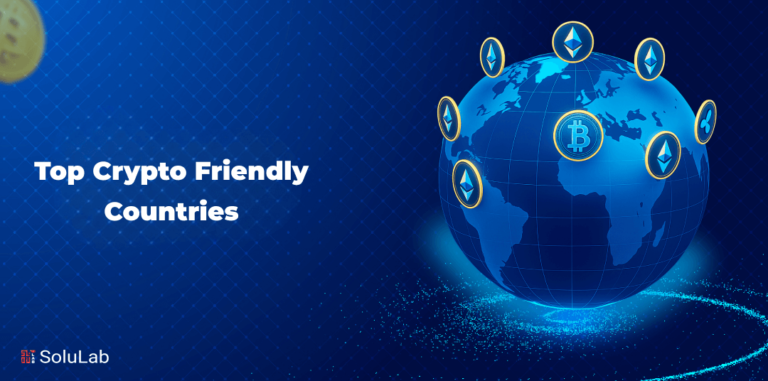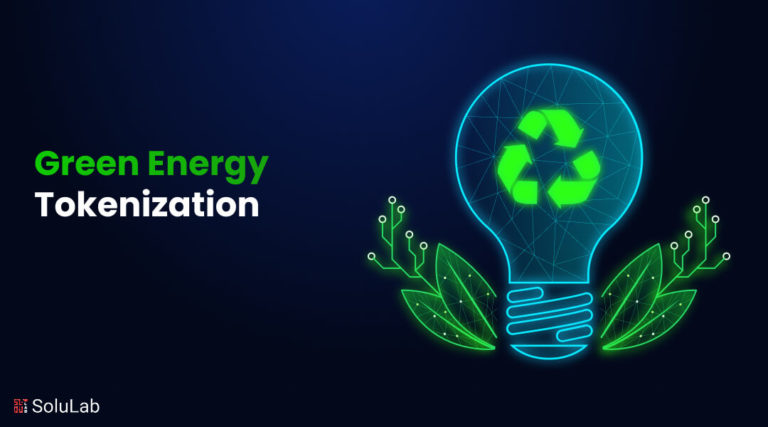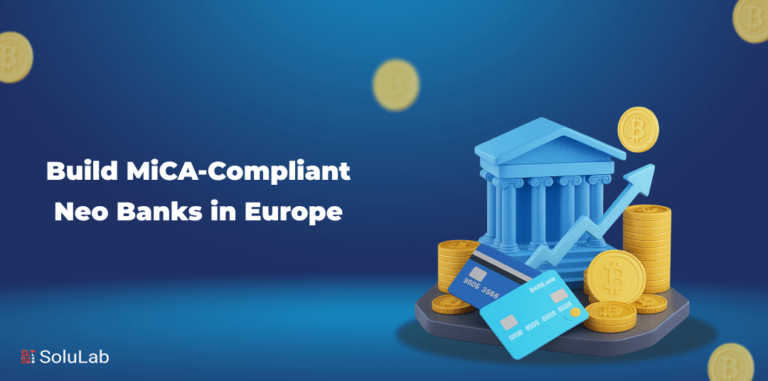NFTs are more important than you think…
In this article, I explored the REAL use cases of NFTs that are being built, and what they will be used for in the future.
Understanding The Hype Cycle
Have you heard of the Gartner Hype Cycle?
It suggests that disruptive technologies go through 5 key phases:
1. Technology Trigger: the emergence of a potentially disruptive technology.
2. Peak of Inflated Expectations: Early publicity creates hype. (Ex: 2021 Bubble)
3. Trough of Disillusionment: Early projects fail to deliver on promises and the public loses interest. I suspect NFTs are somewhere around this trough of disillusionment now.
4. Slope of enlightenment: The tech slowly starts to show successful use cases.
5. Plateau of Productivity: Mainstream adoption has arrived and broader market applications have proven themselves. Here’s a more detailed visual of the Gartner Hype Cycle from Wikipedia.
In the speculative NFT bubble of 2021, @beeple sold a collage of his artwork called “Everydays: the First 5000 Days” for $69 MILLION.
Similarly, @nbatopshot sold hundreds of millions of dollars of video-collectible moments.
This was probably the peak of inflated expectations.
Now, let’s dive into the real use cases of NFTs.
But first, if you’re not familiar with NFTs, I’d recommend watching this video I made.
Digital Art
Most people think that’s all NFTs are — a speculative bubble of rich people buying worthless JPEGs and MP4s.
But having a platform to buy, sell, and own digital artwork or collectibles is transformative for creators and fans.
NFT Profile Pictures
You might also have seen NFT profile pictures on Twitter.
For example: my profile picture is an NFT I minted using @skogard’s factoria app, which helps separate my account from fake accounts.
Profile pictures are a great starting point because they are unique representations of your identity, and have clear ownership.
NFTs are a way to represent proof-of-ownership. It’s easier to prove ownership of digital assets than physical assets, which is why artwork and pfps are the first use cases.
But they can be useful for a lot more.
NFTs can be used to represent anything that is unique, has an owner, and requires a digital certificate of ownership. Example: domains & usernames.
Domains & Usernames
@unstoppableweb, @ensdomains & @rarible let you buy NFT domains.
One of the big benefits of NFT domains is that they are transferrable.
Domains on Godaddy and other web2 providers are not easy to transfer or sell. In many cases, you’re just leasing the domain instead of buying them.
Tickets
Similarly, concert tickets and other event passes are also well suited to be represented by NFTs.
There’s a finite number of them, and access to the event requires proof.
NFTs can eliminate the problem of forgery and make it easy to verify authenticity and ownership.
NFT tickets are also tradeable on the secondary market, which unlocks a few things:
- Standardized marketplaces with buyer & seller protection (currently, tickets are traded on inefficient markets like FB & craigslist)
- Free market pricing
- Royalties for the original creator
4. Historical ownership data of tickets means performers can airdrop future passes, discounts, giveaways, etc to fans.
5. NFT passes can also serve as a badge to showcase your fandom.
The online ticketing market is estimated to be worth $30B+… and it’s growing fast.
A few projects I’ve seen working on NFT-based ticketing:
- @GetProtocol
- @SeatlabNFT
- @YellowHeartNFT
- @GUTStickets
- @WicketEvents
Gaming Assets
In-game assets benefit from NFTs for many of the same reasons.
Imagine that someone spent 5 years of their life accumulating a rare in-game collectible sword, and then outgrows or quits the game. That collectible clearly has value for gamers.
The gaming industry is expected to make $200 BILLION in revenue this year, a significant portion of which comes from in-game purchases.
Royalties on secondary market trading of these gaming assets provide a strong incentive for gaming companies to create NFT based ecosystem.
But digital assets are just the beginning… Real-world assets can get much of the same value from on-chain NFT representation.
For example: Real Estate is unique, has an owner, and requires proof of ownership.
Real Estate
Tokenizing real estate has multiple benefits:
1. Can be fractionalized to increase access, liquidity
2. Can be collateralized to increase capital efficiency and access to loans backed by an on-chain asset
3. Allows investors to diversify or make bets on specific neighborhoods, towns or cities +++
I’ve written about this concept before as a thought experiment
I’ve even created an animated video explaining this concept.
So far, we’ve only discussed the benefits of NFTs for transferrable assets. But what about non-transferrable NFTs?
This is a concept that people are now calling Soul-Bound Tokens or SBTs. Vitalik Buterin (co-founder of Ethereum) wrote about this concept in his blog.
Like I said, NFTs are essentially digital certificates that anyone can verify.
Degrees & Diplomas
That lends well to use cases like Degrees & Diplomas. Of course, you wouldn’t want these to be tradable, so they can be made non-transferrable SBTs.
Having a standardized, public proof of diplomas, degrees, skills, and achievements on-chain means that anyone can verify their legitimacy.
The same is true for all other kinds of certificates or achievements.
For example: LinkedIn could give you a verified checkmark for your degree or skills.
Counterfeit Protection
In much the same way, NFTs can also be useful for Counterfeit protection.
Counterfeiting is the largest criminal enterprise in the world, estimated to be $2 TRILLION a year and growing.
So there’s a LOT of value to anti-counterfeit tech.
@ORIGYNTech is working on this, among others.
Identity
Speaking of counterfeiting, identity theft/verification is another massive real-world problem that can be solved using NFTs.
In the US, 15 million+ citizens face identity theft every year, suffering damages of over $50 billion a year.
This is not surprising at all since all you need for US identity theft is a 9-digit number that is regularly passed around in emails, documents, on the phone, etc.
🙋 How can Identity NFTs solve this problem?
- NFTs are unique and can’t be forged.
- NFTs provide a global standard.
- NFTs can be easily verified.
- Non-transferrable NFTs (SBTs) are locked to a specific wallet.
- NFTs can be revoked in case of wallet loss or theft.
This could be one of the biggest use cases for NFTs.
Imagine a global identity standard that is standardized across countries, cannot be forged or stolen, is digital, easy to verify, and protects your private details.
And since your identity is more than just your Government ID, you would likely have multiple identity NFTs.
@0xPolygon and @civickey are working on on-chain identity, among others.
Memberships
Digital and physical memberships can also use NFTs to verify access requirements.
Voting
NFT identities can also solve problems like the verification of votes.
If you remember the 2020 US election, there’s no need to explain why this is a problem worth solving.
The simplicity of online voting can also increase voter turnout.
Intellectual Property
NFTs can also be used to protect intellectual property.
This can allow creators to earn royalties from their creations.
⚙️ NFTs have 2 key properties here:
- Verifiability → IP ownership is clearly defined & publicly verifiable.
- Standardization → unlocks door for platforms that let creators earn royalties from their IP.
Content Rights
Monetization without copyrighting = more opportunities for everyone.
Music is a pretty obvious use case for this.
Creators currently get screwed and earn very little from platforms like Spotify and Apple Music.
You can also read : How to Buy Real Estate Using Cryptocurrency?
Crowdfunding
NFTs can also be used by creators to crowdfund.
Investors can receive NFTs that represent rights to future royalties, for example.
This is particularly useful for fields where people who are not in the top 1% can’t make money. (Example: Professional sports players)
Mirror.xyz enables crowdfunding via blog posts.
Financial NFTs
This leads us to a broader concept of Financial NFTs (fNFTs). There are lots of financial contracts that are unique.
💰 Examples:
- An individual’s basket of assets (unique portfolio)
- A debt agreement with a lender that has been partially repayed
- Time-locked tokens (ex: veCRV)
Legal Contracts
But this doesn’t have to be limited to financial contracts.
Generally speaking, any legal contract or document can benefit from NFT representation.
Emails & Messages
But why stop at legal contracts? Verbal agreements through emails and messages are also unique, but suffer as a means of verification since they are easily lost and can be forged.
Medical Records
Medical records or prescriptions are yet another example of documentation that has a high requirement for verification but lacks the proper systems for doing so.
Examples of Medical documents that can be represented through NFTs:
- Vaccination certificates
- Covid test results
- Prescriptions
- Medical conditions connected to one’s identity
- Data tracked by health sensors
You can also read : Web3 Adoption Curve
Existing systems of proof by paper / PDF have photoshop-risk.
I tried to cover most of the use cases I could think of, but I think this barely scratches the surface.
People are finding other creative use cases for NFTs too.
For example: @ShaanVP minted an NFT called “5 Minutes of Fame” 👇
Here are 2 Twitter threads you can read to learn more about the future of NFTs:
- This piece of gold by @chriscantino
2. This conversation between @punk6529 and @RaoulGMI on @RealVision “The World According to @punk6529”
Finally, if you find yourself asking why NFTs are uniquely well-suited for these use cases over the existing web2 database systems, see this Twitter thread I wrote:
If you enjoyed this piece, consider sharing it with your community to spread the word.
Credit : Medium




